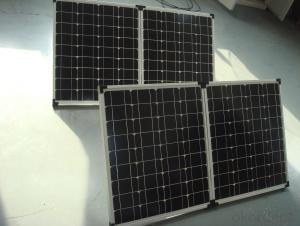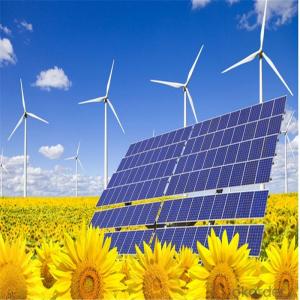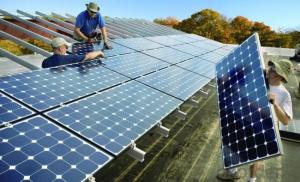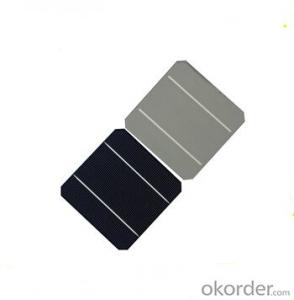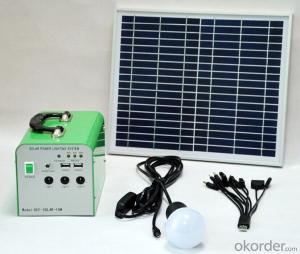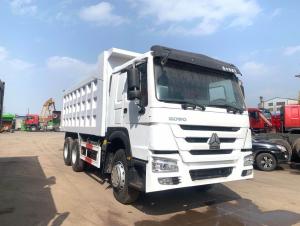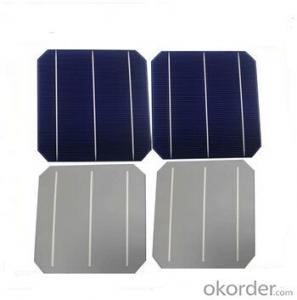2nd Generation Solar Cells
2nd Generation Solar Cells Related Searches
Except For Solar Cells Weegy Problems With Solar Cells High Power Solar Cells Light Trapping In Solar Cells High Performance Solar Cells High Output Solar Cells High Wattage Solar Cells Energy Transfer In Solar Cells High Efficiency Hvac Systems Recombination In Solar CellsHot Searches
Cheap Solar Cells For Sale Flexible Solar Cells For Sale Q Cells Solar Panels For Sale Printed Solar Cells For Sale Bulk Solar Cells For Sale 6x6 Solar Cells For Sale Broken Solar Cells For Sale Cpv Solar Cells For Sale Photoelectric Cells For Sale Price Of Silicon Solar Cells Price Of Solar Cells Over Time Buy Solar Cells From China Cheap Solar Cells China Best Type Of Solar Cells Flexible Solar Cells Price Q Cells Solar Panels Price 3 Types Of Solar Cells Production Of Solar Cells Common Types Of Solar Cells Q Cells Solar Panel Prices2nd Generation Solar Cells Supplier & Manufacturer from China
Okorder.com is a professional 2nd Generation Solar Cells supplier & manufacturer, offers integrated one-stop services including real-time quoting and online cargo tracking. We are funded by CNBM Group, a Fortune 500 enterprise and the largest 2nd Generation Solar Cells firm in China.Hot Products
FAQ
- Yes, solar cells can be used in developing countries. In fact, they are increasingly being used as a cost-effective and sustainable solution to address the energy needs of these countries. Solar cells provide access to electricity in remote areas where traditional grid infrastructure is unavailable or unreliable. They can power homes, schools, healthcare centers, and other essential services, improving living conditions and fostering economic development. Additionally, solar energy is abundant and renewable, reducing dependence on fossil fuels and mitigating climate change impacts.
- The impact of solar cells on wildlife is generally minimal and beneficial. Solar cells produce clean energy without emitting harmful pollutants or greenhouse gases, reducing air and water pollution that can negatively affect wildlife habitats. Additionally, solar energy infrastructure typically occupies a small footprint and can coexist with wildlife habitats, allowing animals to continue their normal behaviors. However, there have been some concerns about the potential for bird collisions with solar panels and the disruption of desert ecosystems during large-scale solar installations. Overall, compared to traditional energy sources, solar cells have a much lower impact on wildlife and contribute to a more sustainable future.
- Yes, solar cells can be used to power remote communication towers. Solar panels can be installed on the towers or nearby to capture sunlight and convert it into electricity. This renewable energy source is ideal for remote locations where access to traditional power grids may be limited or costly. Solar cells can provide a reliable and sustainable power supply for remote communication towers, enabling them to function efficiently.
- Solar water heater plate can be directly converted into electrical energy?
- Modern solar thermal technology combines sunlight and uses its energy to generate hot water, steam and electricity. In addition to using the right technology to collect solar energy, buildings can also use the sun's light and heat, by adding the appropriate design Equipment, such as a giant south window or the use of building materials that absorb and slowly release the sun's heat.
- Yes, solar cells can still generate electricity in cloudy weather. While the efficiency of solar cells decreases in low light conditions, they can still capture and convert sunlight into usable energy. However, the amount of electricity produced may be lower compared to sunny conditions.
- The impact of solar cell installations on job creation is significant. The growing demand for renewable energy has created a surge in the solar industry, leading to the creation of numerous job opportunities. Solar cell installations require skilled workers for design, installation, maintenance, and manufacturing, resulting in a wide range of employment opportunities across various sectors. Moreover, the shift towards solar energy creates a ripple effect, stimulating the local economy and supporting job growth in related industries such as construction, engineering, and manufacturing of solar components. Overall, solar cell installations have a positive impact on job creation by fostering a sustainable and green workforce.
- Yes, solar cells can be used in hotels to harness solar energy and generate electricity for various applications such as lighting, heating, and powering hotel facilities. This not only reduces dependence on traditional energy sources but also helps promote sustainability and reduce carbon footprint in the hospitality industry.
- Yes, solar cells are affected by temperature. High temperatures can cause a decrease in the efficiency of solar cells, resulting in a decrease in their power output. This is due to the fact that the performance of the semiconductor materials used in solar cells can degrade at elevated temperatures. Additionally, temperature variations can also lead to thermal stress, which can impact the structural integrity of the solar cells.

















